I pick on JRPGs so much that it's easy to forget how much I genuinely like the genre, and how some of my best gaming memories have come from impossibly-coifed heroes taking on lunatics who want to become God or kill God etc. etc. We're currently in a time when Final Fantasy has driven away a lot of goodwill for JRPGs (although XIII-2 and Lightning Returns weren't that bad), but I give a lot of credit to Dragon Quest and the Tales franchise for sticking to their guns and not trying to reinvent the wheel. Tales of Xillia was a fun, straightforward RPG that focused on the important elements: an addicting battle system, a story that kept things moving, and a beautiful sense of design that resulted in a damn pretty game.
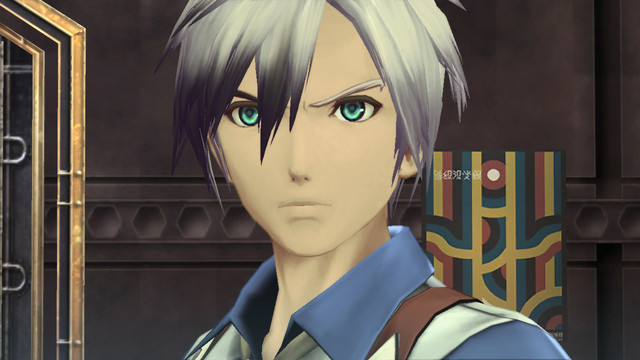
Tales of Xillia 2 takes place one year after Tales of Xillia's ending. Playing as mostly-silent protagonist Ludger, you embark on a crazy quest involving a mysterious little girl, violent revolutionaries, and a brewing war between worlds... but where does Ludger's perfectly-designed-for-female fans brother (tall, handsome, bespectacled, smart, likes cats...) fit into this? Teaming up with allies new and old, Ludger also has to learn more about himself, and the crazy transforming powers hidden within him.
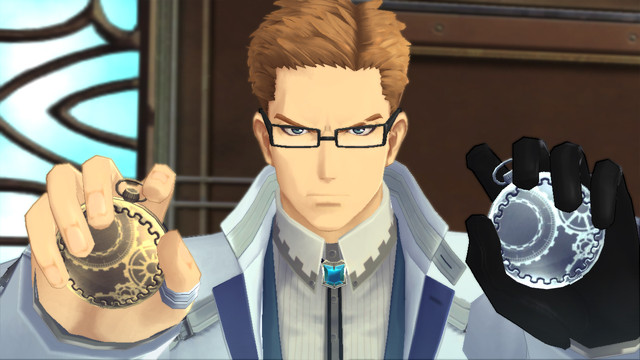
Unlike most JRPGs, Tales of Xillia 2 gives you a bigger hand in the story with regular dialogue choices. Rather than watching Ludger do stuff, now you get to play your character the way you see him, making it your game and your adventure. My Ludger is impulsive, reactive, and still learning to be an adult--what about yours? Like TellTale's excellent The Walking Dead games, you often have to make a decision fast. More often than not, it doesn't change actual story events, but it will change dialogue and how other characters react to you. Choices can range from light and inconsequential (tell a little girl who doesn't like tomatoes that tomatoes are delicious, or promise you won't make her a dish with tomatoes?) to creating ripples that other characters will remember (assassins attack--protect the little girl, or protect the powerful CEO who just offered you a job?), really encouraging replay value to see what happens when you go down different roads.
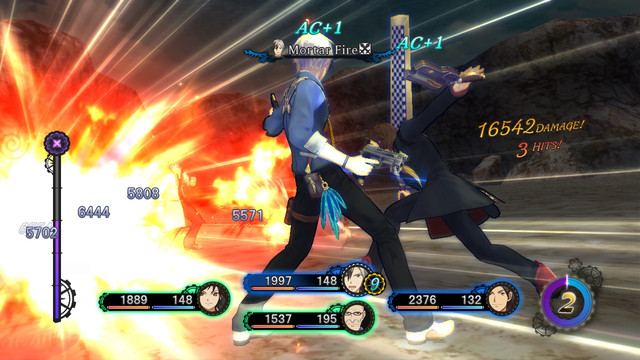
As of late, I've become a big fan of the Tales series' real-time battle system, especially Jude's methodical hit-hit-backstep-hit rhythm using his bajiquan. Ludger, however, skews closer to Milla's fast, kind of mashy attack style at first, making battle pretty easy in the beginning of the game as you rack up combos and link into big special artes. A few hours in, the battle system opens up more, letting you switch weapons--Ludger's dual blades can be swapped out mid-battle for dual pistols or a vicious sledgehammer, Devil May Cry-style. You're more than welcome to just hammer away at your attack button with Ludger's dual blades, but switching weapons lets you follow the tempo of teammates' attacks and strike enemies who are weak against specific attacks.
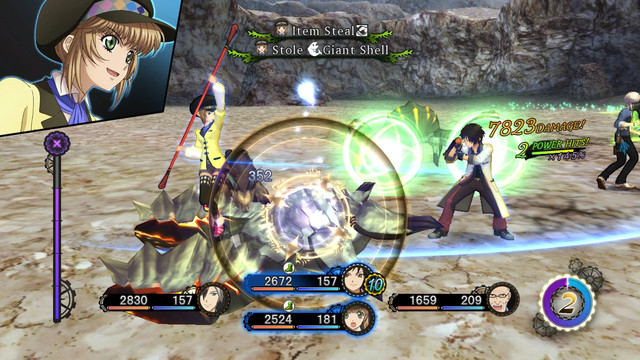
The main plot takes about 30-ish hours, but a hefty chunk of your gameplay time will be filled up with mandatory Job Board tasks. Kill monsters! Find or return items to townsfolk! Collect a bunch of feathers, then find somebody in town and deliver it to them! All that, or take on elite-level monsters for really big rewards, all in the name of paying off a ludicrous debt that the game constantly reminds you about. This Animal Crossing-esque debt isn't just a big number that ticks down and you pay off just 'cause--your travel options are limited and you can't advance in the story until you make a payment on your debt. Thankfully, doing the jobs is quick, you can take care of multiple jobs at a time, and your mandatory payments are reasonable. Surprisingly, I found the whole process kind of fun... but I also enjoyed planet scanning in Mass Effect 2, so take that how you will.
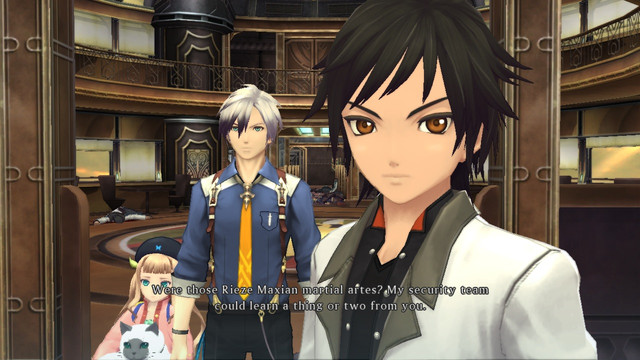
Despite Jude Mathis returning as the most hilariously broke doctor that I've ever seen, you'll get to see a lot of familiar faces from the original Xillia return, from deuteragonist Milla to professional bag of dicks Ivar (he's certified and everything). Unfortunately, there's no Japanese-with-subtitles option like Tales of Symphonia Chronicles--just the mostly-solid English dub. This does mean that you'll get to hear the crime against sound that is Teepo's dub voice, but when you think back to games like Star Ocean: The Second Story, it could be a lot worse. Still, it's a shame that North American Tales fans have to miss out on voice work from the likes of Tomokazu Sugita and Miyuki Sawashiro.
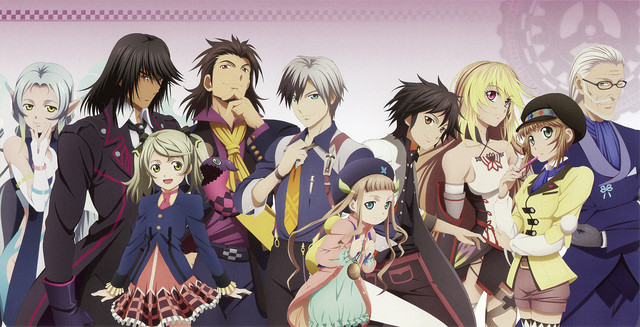
There's a lot of talk that JRPGs are dead, or on the way out, or just aren't quite what they used to be. While there are some franchises that have certainly gone that way, others have picked up the slack. Want something that's just like the old days, but with a fresh coat of paint and a fast, intense battle system that still requires a fair amount of thought? Tales of Xillia's got you covered, and I think it's fair to say that Tales of Xillia 2 is more my style than the original, because now it's my adventure, more so than ever before in a JRPG.
REVIEW ROUNDUP
+ Tight real-time battle system (with multiplayer!) keeps you on your toes
+ Sure, it's technically last-gen, but it's still a gorgeous game
+ Dialogue choices make you matter in the story, and really encourage replay
+ "Would you like to continue with the main story?" notifications, just in case you still want to explore
+/- Jobs Board requests and debt are interesting ways to incorporate grinding and exploration, but they can really break momentum when you're invested in the story
- Some of the English voice acting can get pretty grating (and no Japanese-language option)
No comments:
Post a Comment